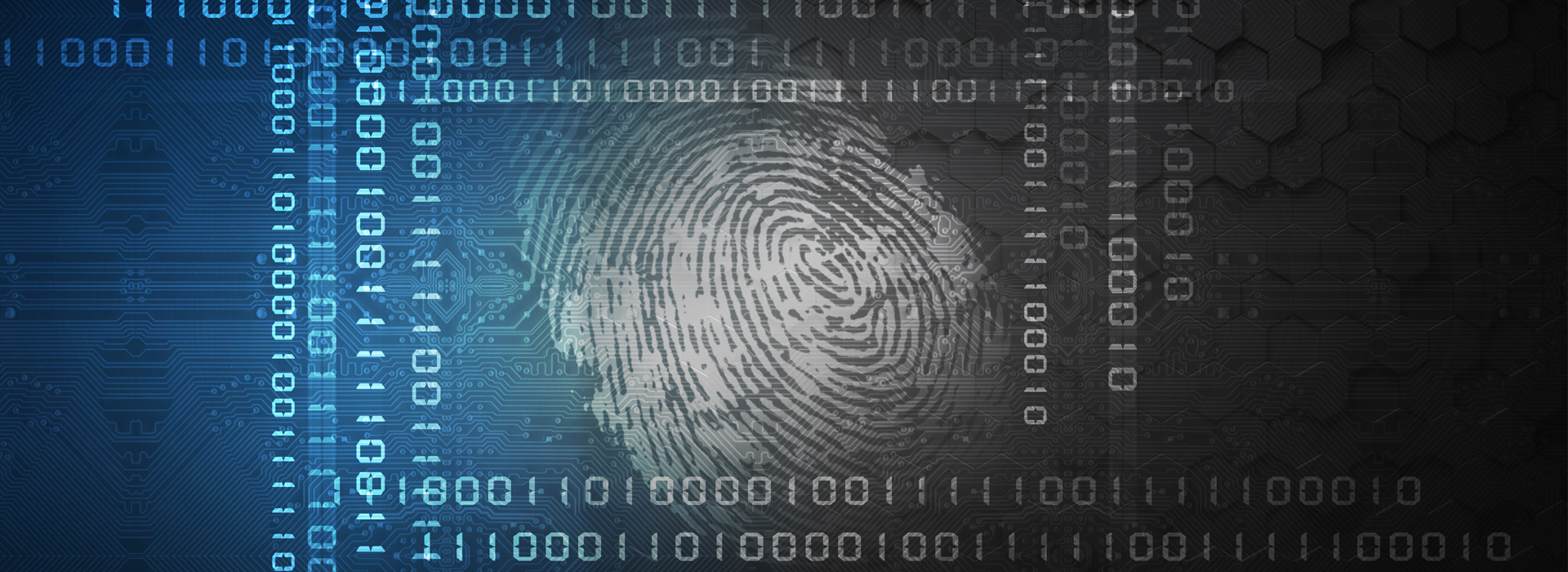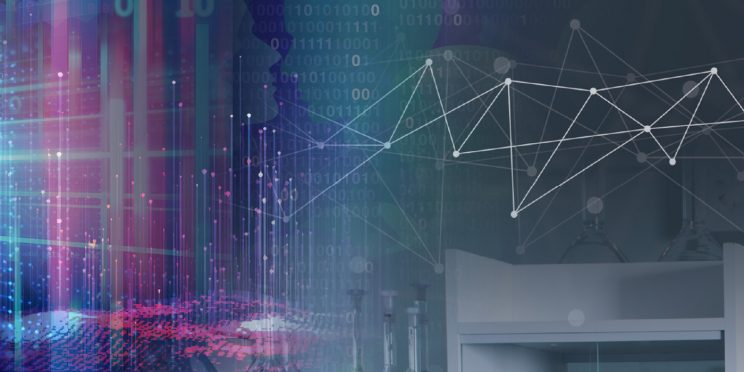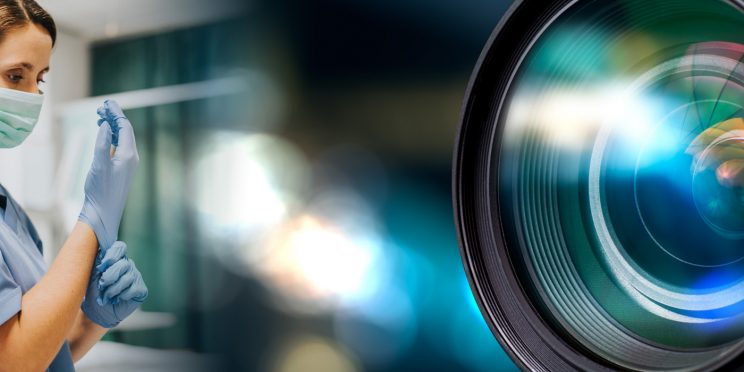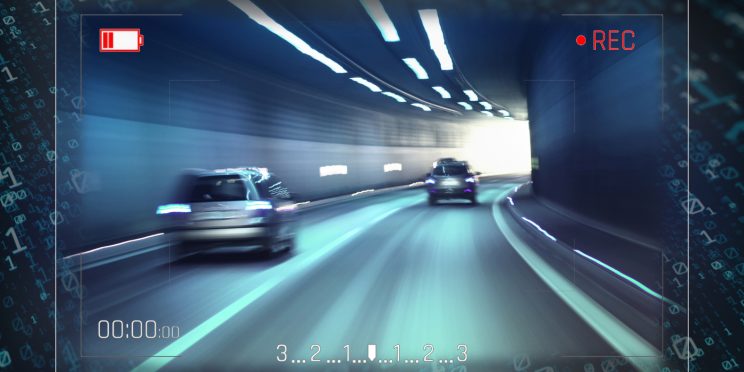This webinar originally occurred on August 5, 2021
Duration: 1 hour
Overview
In the criminal justice community, digital images are used for scientific analysis and comparison. Unfortunately, many digital images are not always captured with the necessary clarity required for the proper visualization of minute details. Furthermore, there may be issues with background noise and patterns that may interfere with the accurate and reliable analysis, comparison, and evaluation of the images. Since these images are frequently used in court, they must be processed to ensure the highest level of clarity and detail possible. In addition, there are proper procedures that must be followed to ensure their integrity and admissibility in court.
Adobe Photoshop provides a variety of tools for image processing. Many of these tools are considered “creative” and should not be used for digitally processing forensic evidentiary photographs. For example, using Levels to eliminate grayscale values should be avoided as it may result in the loss of crucial image detail. Furthermore, some of the techniques used in forensic digital imaging must be utilized in a specific sequence or the desired results will not be achieved. The bottom line is that processing forensic digital images with probative value is not an art. It is a science based on sound, proven, reliable practices.
Detailed Learning Objectives
- Attendees will gain proficiency in the science of digital imaging and expand their knowledge of digital imaging techniques.
- Attendees will learn how to apply digital image processing techniques in the appropriate sequence for analysis and comparison.
- Attendees will be able to explain the best practices of image processing to different audiences, including other examiners, investigators, and juries.
Presenter
- David “Ski” Witzke
Funding for this Forensic Technology Center of Excellence webinar has been provided by the National Institute of Justice, Office of Justice Programs, U.S. Department of Justice.
The opinions, findings, and conclusions or recommendations expressed in this webinar are those of the presenter(s) and do not necessarily reflect those of the U.S. Department of Justice.
Contact us at ForensicCOE@rti.org with any questions and subscribe to our newsletter for notifications.




